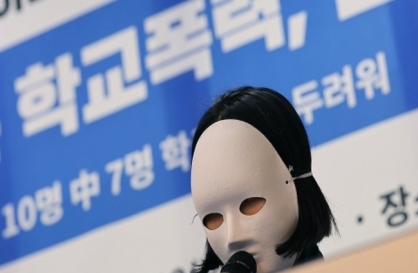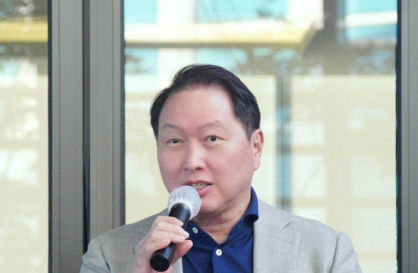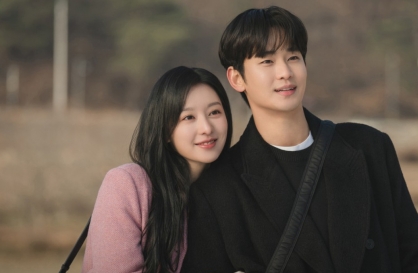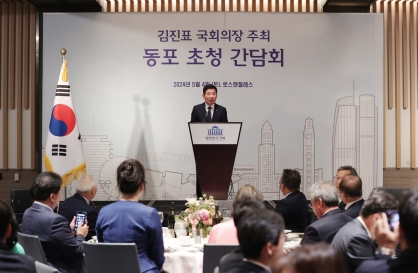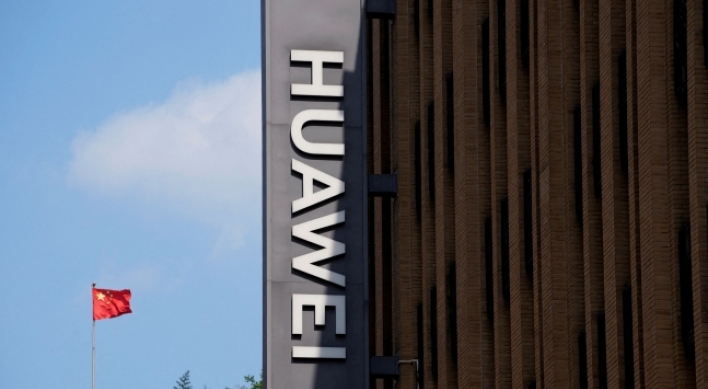Busan Biennale presents fresh, provocative contemporary art
By Korea HeraldPublished : Oct. 15, 2012 - 20:49
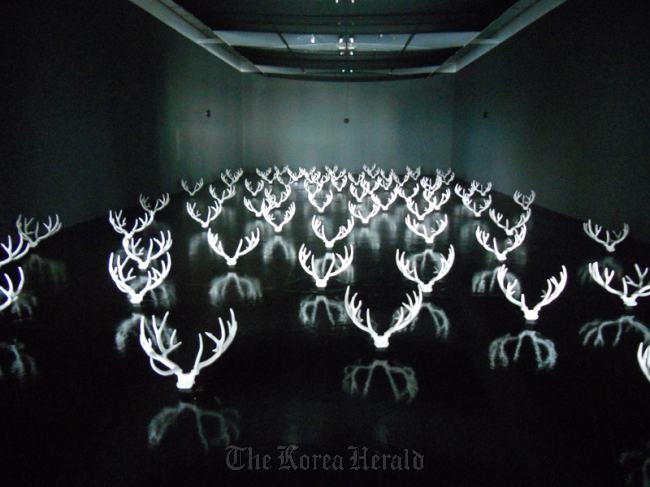
Artists shed light on painful memories of rapid modernization and labor movement
The 2012 Busan Biennale engages with the audience with experimental and provocative contemporary art by young Korean and foreign artists, keeping the core values of the original form of the art event, which was an exhibition for young artists in Busan.
Young local and international artists present thought-provoking artworks that shed light on social and environmental problems stemming from rapid modernization.
Austrian artist Ines Doujak focuses on harsh reality and sacrifices workers of textile factories in underdeveloped countries suffer in her “Haute Couture.” She makes an “Haute Couture” blouse out of a cloth printed with black flame and thick yellow gold chains, but as viewers look closer at the fabric, they notice the chains are not luxurious accessories, but one that imprisons the lives of textile factory workers in poor working conditions.
Thai artist Sakharin Krue-On created a sheer black field filled with horn-shaped ceramics that resemble that of roe deer. The artist portrays greed for materials during the modernization that destroyed the environment and animals as a result.
As the second biggest biennale art event in Korea, the Busan art exhibition also talks about some painful memories of Korea’s modern history including the Gwangju Democratization Movement in 1980 and the recent labor protest against Hanjin Heavy Industries for mass layoffs and clashes between police and protesters.
The 2012 Busan Biennale engages with the audience with experimental and provocative contemporary art by young Korean and foreign artists, keeping the core values of the original form of the art event, which was an exhibition for young artists in Busan.
Young local and international artists present thought-provoking artworks that shed light on social and environmental problems stemming from rapid modernization.
Austrian artist Ines Doujak focuses on harsh reality and sacrifices workers of textile factories in underdeveloped countries suffer in her “Haute Couture.” She makes an “Haute Couture” blouse out of a cloth printed with black flame and thick yellow gold chains, but as viewers look closer at the fabric, they notice the chains are not luxurious accessories, but one that imprisons the lives of textile factory workers in poor working conditions.
Thai artist Sakharin Krue-On created a sheer black field filled with horn-shaped ceramics that resemble that of roe deer. The artist portrays greed for materials during the modernization that destroyed the environment and animals as a result.
As the second biggest biennale art event in Korea, the Busan art exhibition also talks about some painful memories of Korea’s modern history including the Gwangju Democratization Movement in 1980 and the recent labor protest against Hanjin Heavy Industries for mass layoffs and clashes between police and protesters.
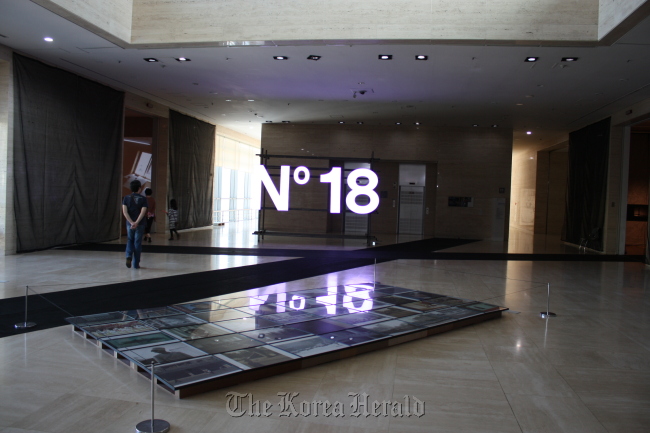
The first work audiences confront when they enter the Busan Museum of Art, the main exhibition venue of the Biennale, features worn-out shoes scattered on the floor of the hall.
Installation artist Seong Hyo-suk collected the shoes worn by the laid off workers of the company and decorated them with paper flowers made by the shoes’ owners.
Artists also try to invite citizens in the port city and have them participate in the process of making their artwork.
“The art exhibition is not one-way, but two-way and through cooperation, we saw interesting connections made in the processes,” said the director of the 2012 Busan Biennale Roger Buergel.
German artist Jurgen Stollhans showcases about 40 paintings inspired by landscapes and buildings and citizens of Busan at different places in the city, including the main exhibition hall.
The Biennale also gives a rare chance for young curators to hold their own exhibitions at different parts of the city such as the tourist destination Gwanganri and Busan Cultural Center.
The U.S. artist Mary Ellen Carroll did a residence project at an old apartment building and explored her long-term question “What makes people think an object as art?” She installed a green rooftop and created a new room where public can enter and engage in activities such as talking with renowned local figures or sharing food. Their activities are then broadcast live on the screen at the main exhibition hall.
The 2012 Busan Biennale continues through Nov. 24 at the Busan Museum of Art and at various venues throughout the city.
For more information, visit www.busanbiennale.org.
By Lee Woo-young (wylee@heraldcorp.com)
-
Articles by Korea Herald


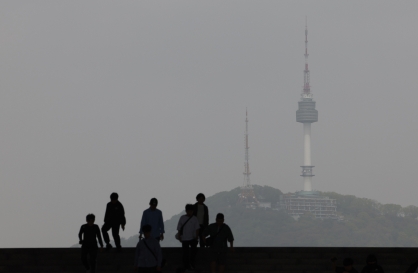
![[AtoZ Korean Mind] Does your job define who you are? Should it?](http://res.heraldm.com/phpwas/restmb_idxmake.php?idx=644&simg=/content/image/2024/05/06/20240506050099_0.jpg&u=)

